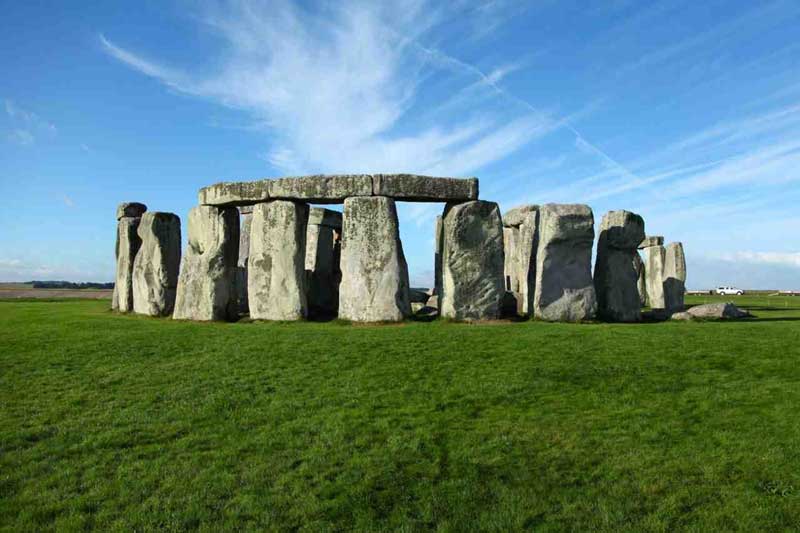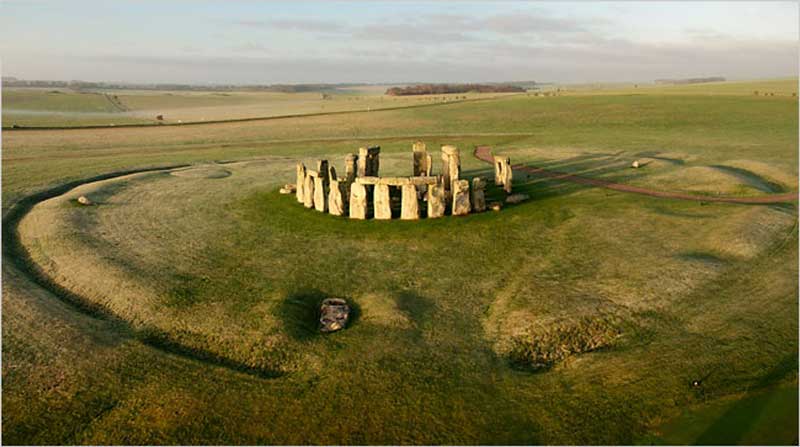
Surrounded by several hundred burial mounds and located in the English county of Wiltshire, far from the source of its megalithic stones, Stonehenge is one of the most famous prehistoric and mysterious monuments on Earth. It is believed that, the monuments were built in several stages and the first monument was an early Henge monument, built about 5,000 years ago, while the unique stone circle was erected about 2500 BC, in the late Neolithic period. Apart from that, many of the burial mounds were built nearby during the early Bronze Age. It is estimated that, in all probability, those ancient people quarried and arranged the stones sometime between 3400 BC and 3200 BC, while the monuments were probably constructed around 2900 BC.

Probably, the features like the Heel Stone and the low mound, known as the North Barrow, are the early components of Stonehenge. However, the earliest known major part, the construction of a circular ditch with an inner and an outer bank, was built around 3000 BC.
The enclosing area of the circular ditch with double entrance is about 100 metres in diameter. It was an early form of Henge monument. It is estimated that, the stones were set up in the centre of the monument around 2500 BC.



It is evident that, two types of stones were used for the construction of the Stonehenge. The Sarsens, the biggest of Stonehenge's stones, are up to 30 feet (9 meters) tall, weigh 25 tons (22.6 metric tons) on average, which are widely believed to be brought from Marlborough Downs, a distance of 32 km (20 miles) to the north. In two concentric arrangements, these stones were used to erect an inner horseshoe and an outer circle. Smaller stones, referred to as Bluestones for their bluish tinge when wet or freshly broken, were placed between the Sarsens in a double arc.
Even these smaller stones, weighing up to 4 tons, were brought from different sites in Western Wales. However, how those huge stones were transported from as far as 225 km (140 miles) is still an enigma. In fact, Stonehenge, arguably one of the most famous megalithic monuments in the world, is still shrouded in the mist of mystery, as no one is sure as to why and how they were constructed.



The prehistoric monument was under private ownership of the Atrobus family until 1915, when following the death of the only surviving male heir in World War I, Stonehenge was put up for auction. Sir Cecil Chubb, a local barrister purchased it for £6,600 and gifted it to the nation on 26 October 1918, on condition that the public shall have free access to the premises.
Today, owned by the Crown and managed by English Heritage, the surrounding area is under the care of the National Trust. It was also included in the list of World Heritage Sites of the UNESCO in 1986.Considered as one of the most famous and iconic archaeological sites in the world, Stonehenge draws more than 800,000 tourists a year. However, it has undergone several restorations over the years, and some of its boulders have been set in concrete to prevent collapse.